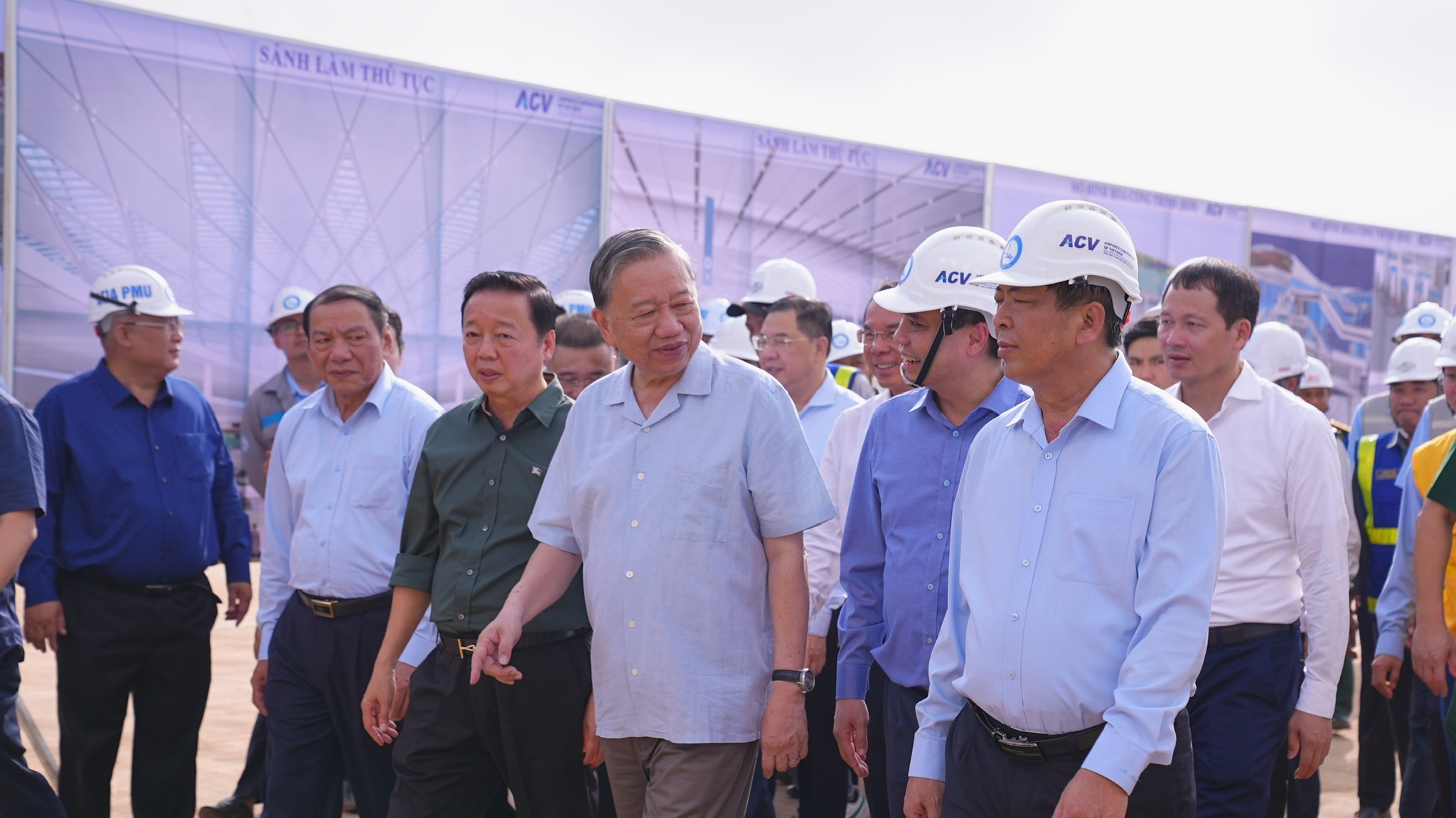VIETNAMESE CONTRACTORS HOPE FOR URGENT REFORMS IN OUTDATED PRICING NORMS
Mon , 17/03/2025, 14:00:00 (GMT+7)
This optimism stems from an upcoming meeting with the Ministry of Construction, where these longstanding concerns are slated for discussion.

Time to end the era of inappropriate pricing norms
On the morning of March 15, at the Construction Contractors Cafe event organized by the Vietnam Association of Construction Contractors (VACC), industry leaders reached a consensus to consolidate these issues into a comprehensive proposal to the state construction authority.
Nguyen Huu Toi, Chairman of Vinaconex's Board of Directors, views this as a golden opportunity to address the persistent challenges that contractors have faced over the years.
Previously, when contractors executing transportation projects submitted petitions to the Ministry of Transport requesting revisions to unit price norms, the response was often slow or unaddressed. Such matters required coordination with the Ministry of Construction, but now, with the recent restructuring that merged the two agencies, the Ministry of Construction would be solely responsible for reviewing and resolving these concerns. “The time has come for businesses to collectively push for these long-overdue changes,” stated Mr. Toi during a Saturday morning meeting. The session gathered representatives from major contractors, including Phuc Hung, Truong Son, NewTecons, Phuong Thanh Tranconsin, etc.
Commenting on the issue, Chairman of VACC Nguyen Quoc Hiep remarked that calls for revising pricing norms have been an “endless saga” for contractors, but it’s time to bring this story to a conclusion.

A key reason is the outdated and inconsistent unit price norms published by local authorities, which often fail to reflect actual market conditions, directly impacting the effective operations of construction contractors.
Looking ahead, Hiep pointed out that as Vietnam moves forward with major national infrastructure projects—such as the high-speed railway—the current pricing system will be inadequate. Many contractors are advocating for a total unit price approach instead of the existing detailed pricing model. This would provide greater flexibility, allowing contractors to introduce innovative construction methods and improve efficiency.
“As an investor myself, I prefer detailed pricing for better oversight and control, which may also be the mindset of state agencies when issuing tenders,” Hiep admitted. “However, transitioning to a total pricing norms system is necessary. This might require a transitional phase where businesses must demonstrate that this approach is reasonable and viable for adoption by regulatory authorities. For large-scale, unprecedented national projects, contractors are calling for mechanisms that allow for total pricing norms."
In the short term, contractors plan to compile a list of key construction activities that currently lack standardized unit prices and submit proposals for adjustments and additions. VACC has repeatedly raised this issue in 2022, yet despite close engagement with contractors, it took until September 2024 to release 210 norms.
“This issue must now be treated as a priority,” Hiep stressed, adding that a meeting with the Ministry of Construction is scheduled for late March 2025 to address these concerns.
Deficit of Workforce working at construction sites
We have engaged in discussions with relevant ministries and agencies regarding workforce challenges in the construction industry. Given the industry's growth trajectory, labor shortages will become critical over the next 10 to 20 years. And that's just in terms of quantity—quality is another concern,” said Nguyen Huu Toi, Chairman of Vinaconex’s BOD.
Earlier, Nguyen Quoc Hiep, Chairman of the VACC, suggested that major firms like Vinaconex should take the lead in training skilled workers to supply small and medium-sized construction enterprises.

As I discussed with some construction contractors, Phuc Hung Holdings, for example, is struggling to find workers. Most contractors now rely on seasonal agricultural laborers, but they are increasingly difficult to recruit. Many in lowland provinces are reluctant to take jobs far from home, especially after COVID-19. They prefer employment in rapidly expanding industrial zones nearby. Where can contractors find trained welders, steelworkers, and other skilled laborers?” Mr. Nguyen Quoc Hiep explained.
In previous years, technical workers were trained at vocational schools under the Ministry of Construction, but most have been discontinued. Some large firms like Vinaconex still maintain training facilities.
Acknowledging these workforce concerns, Mr. Nguyen Huu Toi pointed out that past attempts to implement employer-sponsored training programs were largely ineffective. “We’ve trained workers, but many quit within a month. No policy or binding agreement could retain them”, he admitted.
Even for engineers, construction-related majors are becoming less attractive compared to other economic fields. Contractors plan to raise this issue with the Ministry of Construction in upcoming discussions.
Hiep called for immediate revisions to official labor unit prices. “Current labor rates are too low, making it difficult for contractors to attract workers," he said.
Currently, government-published labor rates in various provinces are significantly lower than what contractors actually pay.
For instance, according to Ha Tinh Province’s labor pricing table issued on December 25, 2024, the daily wage for equipment operators (truck drivers, bulldozer, excavator, and crane operators) ranges from VND 280,000 to 330,000 per day (equivalent to VND 7-8 million per month). However, in reality, contractors working on Package No.11XL (Bai Vot – Ham Nghi section) in Ha Tinh pay workers between VND 12-16 million per month, with meal allowances of VND 730,000 to 1.5 million per month.
Even for unskilled labor, the official daily wage is VND 180,000 to 280,000 (VND 5-7 million per month), while contractors are already paying VND 350,000 to 400,000 per day—excluding additional costs such as social insurance, on-site accommodation, and allowances.
Moreover, contractors report that many provinces delay updating labor unit prices annually, preventing timely contract adjustments and widening the gap between official rates and real wages (while living costs and travel expenses continue to rise).
Over the past two to three years, the construction sector has also faced a brain drain, with experienced project managers and engineers shifting to other industries. This has made it even harder to recruit specialized personnel with the necessary skills and expertise.
Follow by tinnhanhchungkhoan





